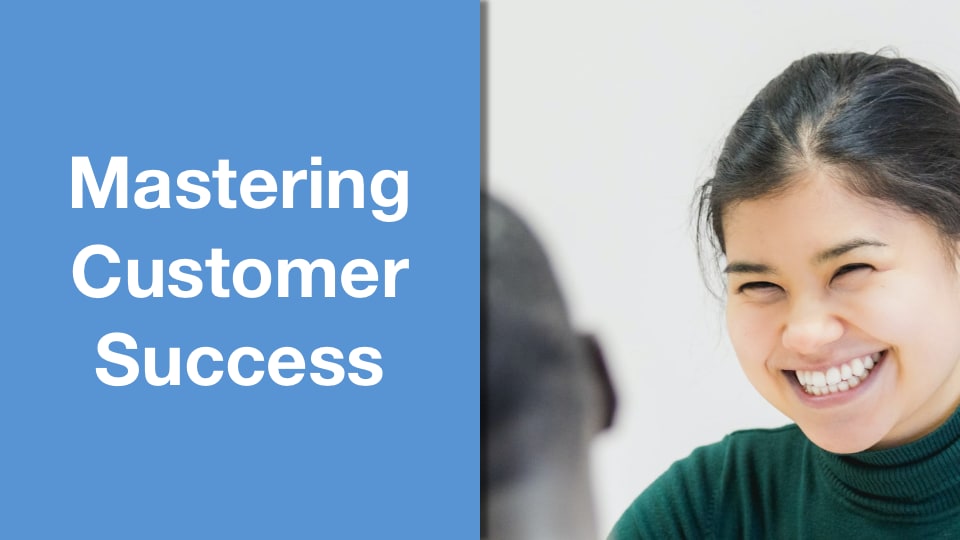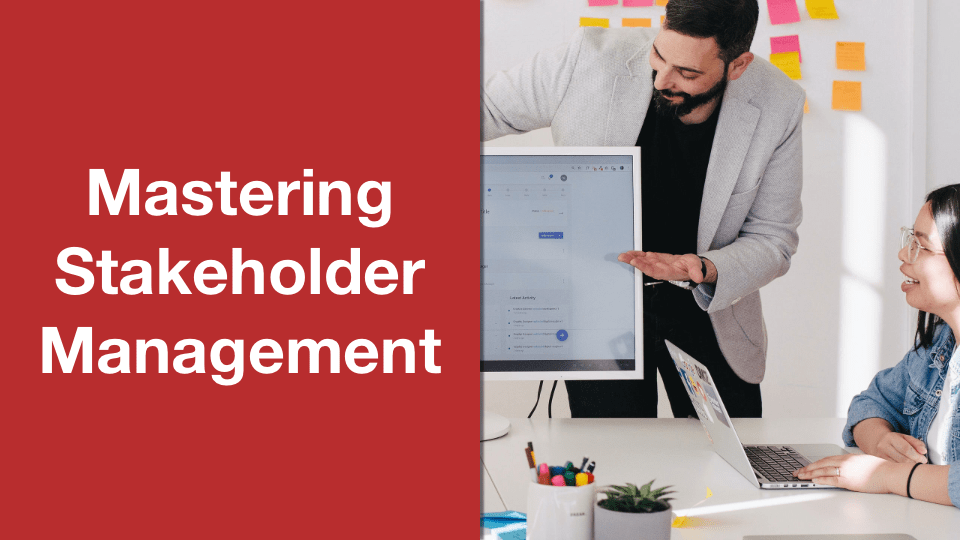How Do I Get Started In Customer Success?
I see this question asked a fair bit on LinkedIn. I’ve also been approached direct multiple times by people asking about finding a role in customer success. Usually people want to know what books, blogs and articles they could read, or is there any training they should take, and by the way what are employers looking for in CSMs (I’ll be writing about this shortly).
When I see this on LinkedIn the general response people have is to pile in with recommendations: these books, this training, that blog and so on. And that’s all great advice and all of these things can add great value to someone looking to get into customer success. So absolutely you should consider all of the above and anything else relevant you can get your hands on.
In the case of all this advice though you could replace the words ‘customer success’ with just about any other role. Project management, sales, product development and so on. To get into all those roles you’d also have to do your research, take training, read blogs on the latest thinking and so on. All great preparation but it’s also very standard advice.
What can you do in addition to all of this generic activity to enhance your chances of getting the internal role you have your eye on or being better prepared when you secure the interview you’ve been chasing ?
Not uniquely but unusually, in our profession you can break into your new customer success role while you are still in your current role. In the process you’re going to get better at your current role, get noticed by your management and definitely get noticed, directly or indirectly, by your customers.
So what’s the secret? It’s pretty simple. Start thinking and acting like a customer success manager.
Now I don’t mean rush out the door to your nearest customer and announce you’re going to run a QBR that minute. Nor do I mean marching across to the nearest CSM, tearing the success plan out of their hands and shouting with wild staring eyes “THIS IS MY PLAN NOW!”
What I do mean is looking for any and all of the ways you can, in your current role support the customer success objectives of your company. Start by grabbing coffee with a couple of the CSMs in your company. Grill them (gently – they’re probably knackered) on two things:
- One, ask about all of the things that they hear from customers that are frustrations or annoyances that you have it in your power to correct.
- Two, next step, what are all of the ways the CSM thinks you could help to improve the chances of success for their customers.
Doesn’t matter how small, keep going until you’ve extracted every last frustration and every last opportunity to delight your customers by changing the way you work.
Start doing the stuff you identified. Observe (even better measure) the changes. Keep doing the stuff that works. Iterate on or drop the stuff that doesn’t.
Congratulations, you’re now in customer success.
So what’s this going to look like after six months?
- Most importantly your customers are going to be more successful – how could they not be if you’ve thoughtfully changed they way you work with exactly that end result in mind? Depending on your role it’s likely they’ve come to value their time with you and have come to have greater trust in your relationship.
- Your boss and the people around you are going to have noticed the change, not just in you but in your customers. It won’t take long for them to latch onto the improvements and stronger relationships they see at your customers.
- Almost certainly you are starting to share best practices because your lens is the success of your customer, not the success of your job and you will naturally be looking for things that will work across your customer base. This is a CSM superpower by the way.
You have six months’ experience of customer success management under your belt. Open customer success roles in your company are going to be much more easily within your grasp. Your CV if you are looking externally has sharpened up enormously when it comes to how you portray your customer success experience and expertise.
As someone who has hired my fair share of CSMs if you sat in front on me and relayed to me that you’d started this process six months earlier and therefore could talk from hard experience of all the improvements you’d been able to make for your customers with results such as those above I would be mightily impressed.



